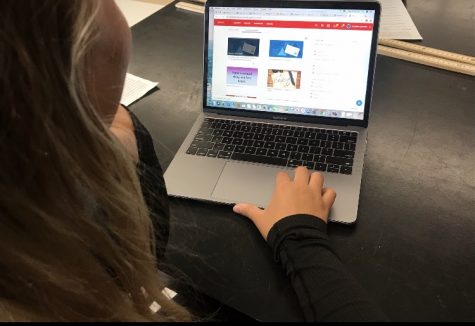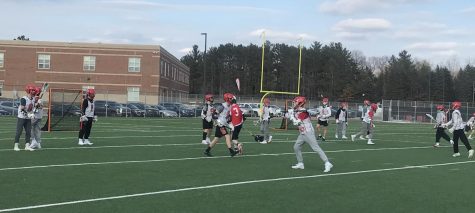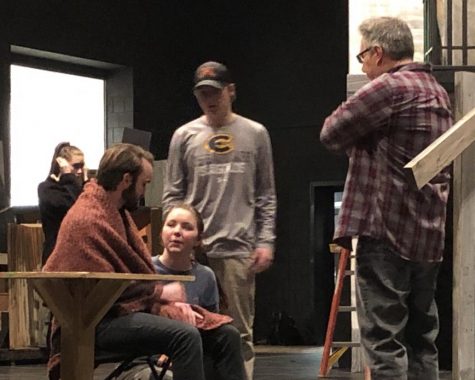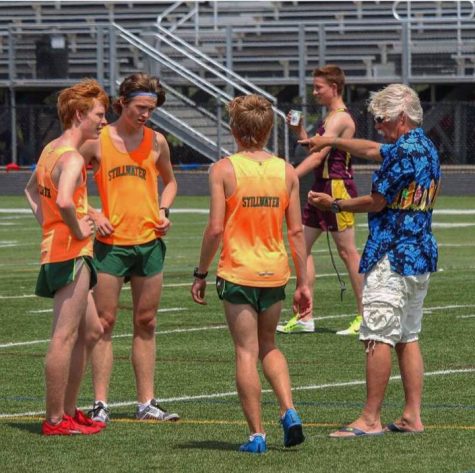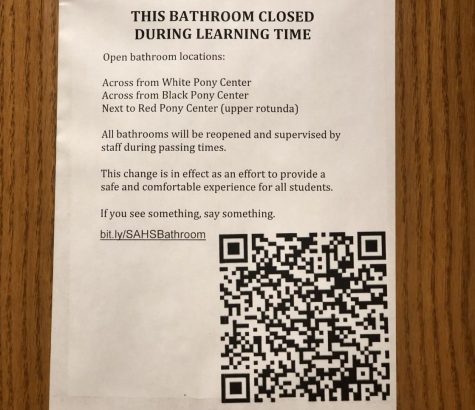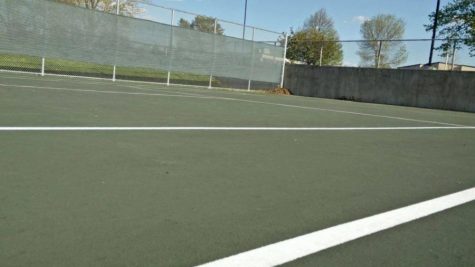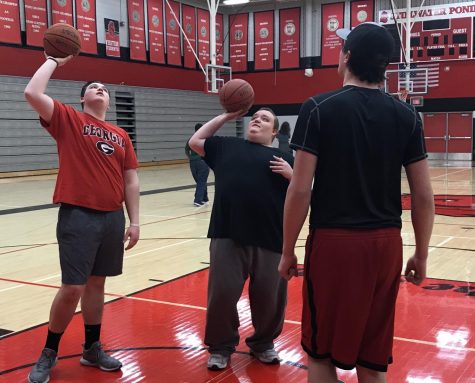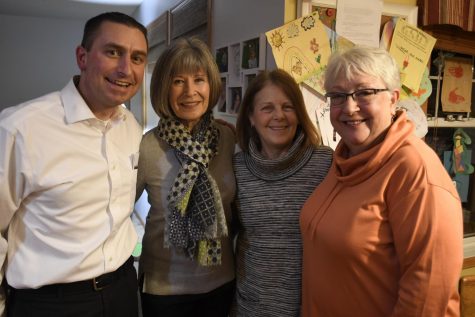Lake Elmo Park Reserve offers snowshoe lessons
On Sunday afternoons at Lake Elmo Park Reserve, a group of snowshoers may be found exploring the great outdoors, enjoying all winter has to offer, while learning about the ancient art form of snowshoeing.
From Jan. 4 to Feb. 8, Washington County Parks have been offering two snowshoe lessons every Sunday afternoon. This is the parks third year offering these lessons taught by naturalists from the Warner Nature Center. The lessons include a brief history of snowshoeing and the actual experience of snowshoeing.
Mike Polehna, Washington County Parks Manager, said, “The lessons are done in conjunction with Warner Nature Center. They bring all the snowshoes out and they teach you how to fit them. There are various sizes for your height and weight. They teach you how to put them on and how to walk in them. It’s not much different than walking in snow. It’s just that snowshoes hold you up in deep snow.”
A variety of generations have come to try out the winter activity, including everyone from senior citizens to many families with young children. It is an opportunity for participants to try out the activity before investing in their own equipment.
“I think it’s a different activity that most places don’t offer and lots of people just want to try it and see if they like it before they buy their own snowshoes,” said Polehna.
Snowshoeing is said to be fairly easy. “If you can walk, you can snowshoe” is a common phrase. There are only a few techniques such as widening your stance, ascending and descending hills, and traversing slopes, making the learning curve much shorter compared to skiing and snowboarding.
“It’s an easy sport to get the hang of because you are just walking, but it’s kind of unstable and pretty awkward because the snowshoes are so long. But it’s a good workout whether you are walking or running. I’m not really a winter person, but I like snowshoeing because I get to go out and get exercise. Our dog loves it too because he gets to run around in the woods with us,” said Jordan Wallace (’17).
Snowshoeing started around six thousands years ago in Asia as a mode of transportation. They were brought to North America by the Inuit and Native American ancestors. During this time they were just modified slabs of wood. Eventually, snowshoes evolved into wooden frames made from white ash, with rawhide lacing as the deck. These are what is often associate with snowshoeing today as a popular winter recreational activity.
Abrielle Prunty (’16) said, “It’s a great form of physical activity in the winter, it’s a calm and relaxing way to get outside. All you need is a pair of snowshoes, and the great outdoors to go immerse yourself in.”
Only since the 1970’s have snowshoes been used for recreation. Before then, they were primarily used for employment and survival. The original wooden snowshoes of this time were categorized into three different shapes: oval, yukon and beavertail. It was in 1972 when an oval-shaped aluminum framed snowshoe was invented with a neoprene laced decking. Since then, many styles have been produced with metal frames and polypropylene lacing, making the shoe much lighter.With all of these adjustments, snowshoeing has become much more accessible to all ages and abilities.
Polehna said, “It’s a great way to get out and enjoy nature and the woods by yourself, it’s a nice peaceful activity when there’s no one around. It’s really fun when there’s a lot of snow.”

Kayley Winkelman is a junior. In her free time, she enjoys spending time outdoors; hiking, kayaking, and camping are her favorite. She loves painting,...


